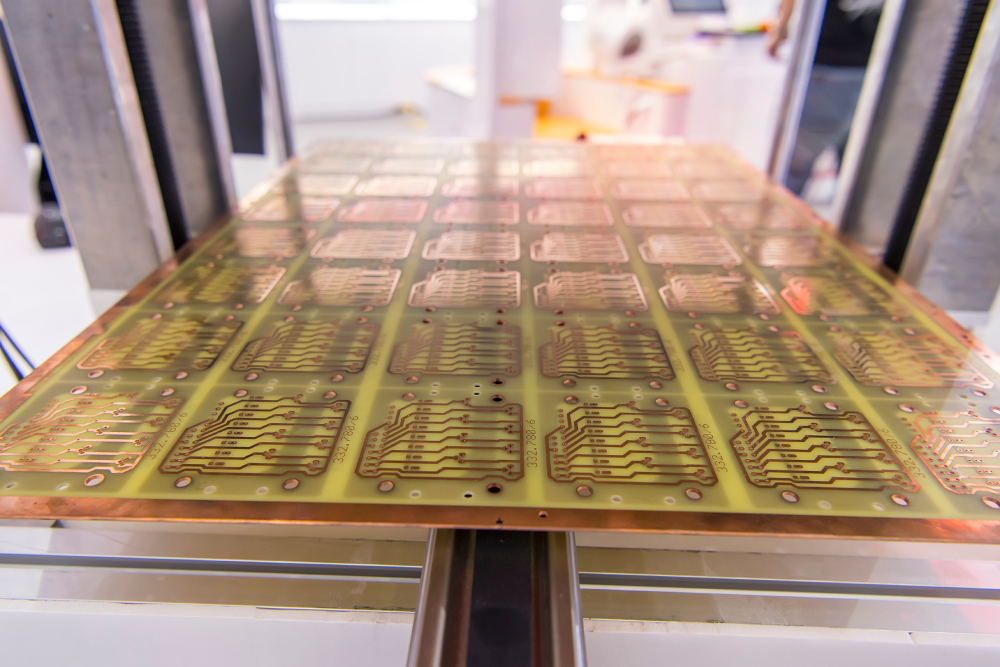In printed circuit board (PCB) manufacturing, it’s important to pick the right surface finish. Immersion silver is a popular PCB choice for manufacturers seeking a balance between quality and affordability. This blog explores how immersion silver offers similar benefits to gold plating but at a lower cost, making it an ideal solution for budget-conscious manufacturers.
What is Immersion Silver?
Immersion silver is a surface finish applied to PCBs through a chemical process where a thin layer of silver is placed on the copper traces. The PCB is immersed into a silver-ion solution, then the silver-ion solution displaces the copper atoms on the surface, resulting in a uniform silver coating. The thickness of the silver layer typically ranges from 5 to 16 microinches, providing excellent conductivity and solderability.
Benefits of Immersion Silver
Cost-Effectiveness
Immersion silver is cost effective due to the similar performance it offers, but at a fraction of the cost. Gold plating, while highly reliable, is expensive due to the high price of gold. Immersion silver is an attractive option for manufacturers looking to reduce production expenses without compromising on quality.
Reliable Soldering
Immersion silver’s smooth, flat surface ensures reliable soldering. The silver layer is a barrier that prevents oxidation of the underlying copper, which can lead to poor solder joints. This makes immersion silver particularly suitable for surface-mount technology (SMT) applications, where strong solder connections are essential for the longevity and performance of the PCB.
Excellent Conductivity
Silver has high electrical conductivity, second only to copper. This makes immersion silver an excellent choice for high frequency and speed applications where there’s a call for signal integrity. The thin silver layer ensures minimal signal loss, making it a reliable option for advanced electronic devices.
Environmental Friendliness
Unlike some other surface finishes, immersion silver is RoHS (Restriction of Hazardous Substances) compliant. It doesn’t contain lead or other harmful substances, making it an environmentally friendly choice. This is increasingly important as manufacturers try to meet stricter environmental regulations.
Easy Inspection
The bright, reflective surface of immersion silver makes it easier to inspect for defects during the manufacturing process. This reduces the likelihood of faulty PCBs.
Comparing Immersion Silver to Gold Plating
Gold plating has long been the gold standard (pun intended) for PCB finishes because of its conductivity and corrosion-resistance. The high cost of gold makes the silver alternative more attractive. Immersion silver provides a viable solution since it has a lot of the same benefits as gold plating while still maintaining a lower cost.
It’s still true that gold is more resistant to tarnishing, but immersion silver’s performance is more than adequate for most applications, especially when following proper storage and handling protocols.
Why Choose Immersion Silver?
Immersion silver is an appropriate choice for manufacturers looking to balance performance and cost. It provides reliable soldering, conductivity, and environmental compliance, and it’s able to do so while still under the price point of gold plating. While it may not be great for every application, its benefits make it a versatile and money-smart option for various PCB designs.
Conclusion
Immersion silver has proven itself as a cost-effective and reliable alternative to gold plating for PCB finishes. Its able to provide:
- Solid Soldering
- Conductivity
- Environmental Compliance
- Budget-Conscious Choice
By understanding its benefits and limitations, manufacturers can make informed decisions about when and where to use immersion silver in their PCB designs.

